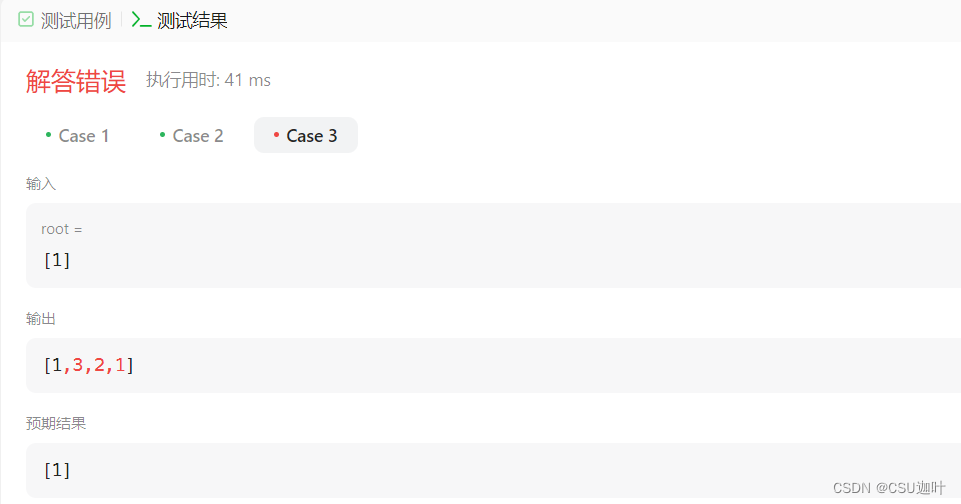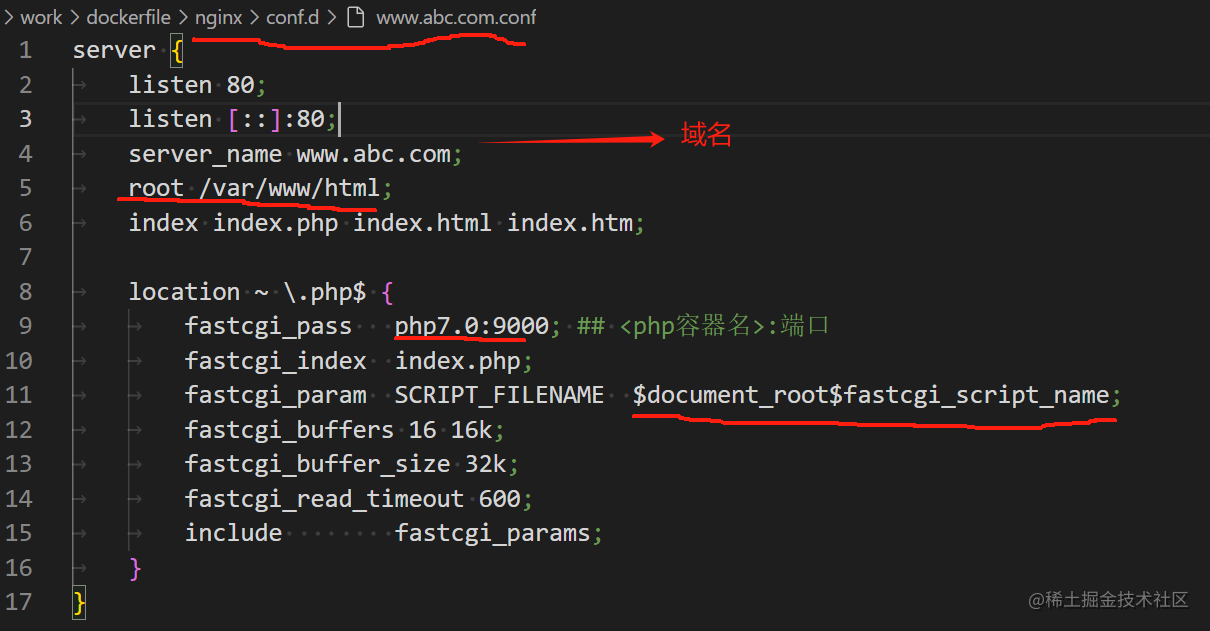目录
大概来说:
二、代码注释
1.添加交易方法(add_transaction函数)
2.添加新的节点(add_node 函数)
3、替换链的方法(replace_chain函数)
总结
大概来说:
- 定义了一个名为Blockchain的类,用于构建区块链。
- 在Blockchain类中,定义了创建区块、获取上一个区块、工作量证明、哈希计算、验证区块链等方法。
- 使用Flask框架创建了一个Web应用,提供了挖矿、获取整个区块链和验证区块链的API接口。
- 运行Web应用,监听5000端口。
一、代码展示
# Module 1 - Create a Cryptocurrency
# To be installed:
# Flask==0.12.2: pip install Flask==0.12.2
# Postman HTrp Client: https://www.getpostman.com
# requests==2.18.4: pip install requests==2.18.4# 时间戳
import datetime
import hashlib
import json# Flask可以定义Web应用的路由(URL到Python函数的映射),并处理HTTP请求和响应。
# jsonify是一个函数,用于将Python对象转换为JSON格式的响应。
# 当你在Flask路由函数中返回一个jsonify对象时,Flask会自动将该对象对应的数据转换为JSON格式,
# 并设置合适的HTTP响应头,以便客户端可以正确解析响应内容。
from flask import Flask, jsonify, request
import requests
from uuid import uuid4
from urllib.parse import urlparse# 1******Building a Blockchain
class Blockchain:
# 初始化区块链类
def __init__(self):
self.transactions = [] # 存储交易信息
self.chain = [] # 存储区块链
self.create_block(proof=1, previous_hash='0') # 创建创世区块
self.nodes = set() # 存储网络节点# 创建一个新的区块
def create_block(self, proof, previous_hash):
block = {
'index': len(self.chain) + 1,
'timestamp': str(datetime.datetime.now()),
'proof': proof,
'previous_hash': previous_hash,
'transactions': self.transactions
}
self.transactions = [] # 清空交易列表
self.chain.append(block) # 将新区块添加到链中
return block # 返回创建的区块# 获取链中最后一个区块
def get_previous_block(self):
return self.chain[-1]# 工作量证明(Proof of Work)
def proof_of_work(self, previous_proof):
new_proof = 1
check_proof = False
while check_proof is False:
hash_operation = hashlib.sha256(str(new_proof**2 - previous_proof**2).encode()).hexdigest()
if hash_operation[:4] == '0000':
check_proof = True
else:
new_proof += 1
return new_proof# 哈希函数,用于计算区块的哈希值
def hash(self, block):
encode_block = json.dumps(block, sort_keys=True).encode()
return hashlib.sha256(encode_block).hexdigest()# 验证区块链的有效性
def is_chain_valid(self, chain):
previous_block = chain[0]
block_index = 1
while block_index < len(chain):
block = chain[block_index]
if block['previous_hash'] != self.hash(previous_block):
return False
previous_proof = previous_block['proof']
proof = block['proof']
hash_operation = hashlib.sha256(str(proof**2 - previous_proof**2).encode()).hexdigest()
if hash_operation[:4] != '0000':
return False
previous_block = block
block_index += 1
return True# 添加交易
def add_transaction(self, sender, receiver, amount):
self.transactions.append({
'sender': sender,
'receiver': receiver,
'amount': amount
})
previous_block = self.get_previous_block()
return previous_block['index'] + 1# 添加网络节点
def add_node(self, address):
parsed_url = urlparse(address)
self.nodes.add(parsed_url.netloc)# 替换链,如果找到更长的链则替换当前链
def replace_chain(self):
network = self.nodes
longest_chain = None
max_length = len(self.chain)
for node in network:
try:
response = requests.get(f'http://{node}/get_chain')
response.raise_for_status() # 这将抛出异常,如果请求失败
except requests.exceptions.RequestException as e:
print(f"Failed to get the chain from {node}. Exception: {e}")
continue
if response.status_code == 200:
length = response.json()['length']
chain = response.json()['chain']
if length > max_length and self.is_chain_valid(chain):
max_length = length
longest_chain = chain
if longest_chain:
self.chain = longest_chain
return True
return False# Part 2 - Mining our Blockchain
# Creating a Web App
app = Flask(__name__)# Creating a Blockchain
blockchain = Blockchain()# Mining a new block
@app.route('/mine_block', methods=['GET'])
def mine_block():
previous_block = blockchain.get_previous_block()
previous_proof = previous_block['proof']
proof = blockchain.proof_of_work(previous_proof)
previous_hash = blockchain.hash(previous_block)
block = blockchain.create_block(proof, previous_hash)
response = {
'message': 'Congratulation, you just mined a block',
'index': block['index'],
'timestamp': block['timestamp'],
'proof': block['proof'],
'previous_hash': block['previous_hash']
}
return jsonify(response), 200# Getting the full Blockchain
@app.route('/get_chain', methods=['GET'])
def get_chain():
response = {
'chain': blockchain.chain,
'length': len(blockchain.chain)
}
return jsonify(response), 200# Checking if the Blockchain
@app.route('/is_valid', methods=['GET'])
def get_valid():
is_valid = blockchain.is_chain_valid(blockchain.chain)
if is_valid:
response = {'message': 'All good. The Blockchain is valid.'}
else:
response = {'message': 'Houston, we have a problem. The Blockchain is not valid.'}
return jsonify(response), 200# 运行Flask应用
app.run(host='0.0.0.0', port=5000)
二、代码注释
注:下面对三个函数进行讲解,其他函数的详解在我的另外一篇我的文章里“创建一个简单的区块链,并使用 Flask 框架提供一个简单的 Web 接口来与区块链交互。-CSDN博客”add_transaction函数、add_node函数、replace_chain函数
1.添加交易方法(add_transaction函数)
这个函数用于向区块链中添加交易记录。它接受三个参数:发送者(sender)、接收者(receiver)和交易金额(amount)。该函数将交易信息以字典的形式添加到当前区块的交易列表中,并返回下一个区块的索引值。
# 添加交易
#创建一个字典,包含发送者、接收者和金额信息,然后将这个字典添加到self.transactions
列表中。def add_transaction(self, sender, receiver, amount):self.transactions.append({'sender': sender,'receiver': receiver,'amount': amount})
#获取当前区块链的最后一个区块,并返回它的索引加1,这个索引加1将是下一个区块的索引。 previous_block = self.get_previous_block()return previous_block['index'] + 1
2.添加新的节点(add_node 函数)
这个函数用于向网络中添加新的节点。它接受一个参数:节点地址(address)。该函数使用 urlparse 函数解析地址,并将解析后的主机名(netloc)添加到节点集合中。
# 添加网络节点
def add_node(self, address):
# 使用urlparse函数解析提供的地址,这个函数是Python内置的url解析模块urllib.parse中的一个函数
parsed_url = urlparse(address)# 通过urlparse得到的parsed_url对象中,netloc属性包含了解析后的网络位置,通常是主机名(有时也包括端口号)
# 例如,如果提供的地址是 'http://localhost:5000',那么parsed_url.netloc将会是 'localhost:5000'
# 将解析得到的网络位置添加到self.nodes集合中 # self.nodes是一个集合(set),它自动去除了重复的元素,并且保持了添加的顺序无关性
self.nodes.add(parsed_url.netloc)
3、替换链的方法(replace_chain函数)
这个函数函数用于替换当前的区块链。它首先获取网络中的所有节点,然后遍历每个节点,通过发送 HTTP 请求获取其区块链信息。如果收到有效的响应,并且该链的长度大于当前链的长度且有效,则将最长链替换为当前链。最后,根据是否成功替换链,返回相应的布尔值。
def replace_chain(self):
# 获取当前区块链网络中所有节点的集合
network = self.nodes
# 初始化最长链为 None,表示我们尚未找到比当前链更长的链
longest_chain = None
# 获取当前链的长度,用于比较
max_length = len(self.chain)
# 遍历网络中的每个节点
for node in network:
try:
# 尝试从每个节点获取区块链信息
response = requests.get(f'http://{node}/get_chain')
# 如果请求成功,但没有返回成功的状态码(如200),将抛出异常
response.raise_for_status()
except requests.exceptions.RequestException as e:
# 如果请求失败(例如,节点不可达或网络问题),打印错误并继续下一个节点
print(f"Failed to get the chain from {node}. Exception: {e}")
continue
# 如果请求成功且状态码为200
if response.status_code == 200:
# 从响应中获取区块链的长度和链数据
length = response.json()['length']
chain = response.json()['chain']
# 如果获取的链比当前已知的最长链还长,并且验证该链是有效的
if length > max_length and self.is_chain_valid(chain):
# 更新最长链和最大长度
max_length = length
longest_chain = chain
# 在检查完所有节点后,如果找到了更长的链,就用它替换当前链
if longest_chain:
self.chain = longest_chain
return True # 返回 True 表示链已被替换
else:
return False # 如果没有找到更长的链,返回 False 表示链没有被替换
总结
这段代码定义了一个Blockchain类,它包含了创建区块、验证工作量证明、添加交易、添加网络节点、替换链等方法。然后,使用Flask框架创建了一个Web应用,通过定义路由来处理不同的HTTP请求,如挖掘新区块、获取区块链信息、验证区块链的有效性等。最后,启动了Flask应用,使其在端口5000上监听请求。





